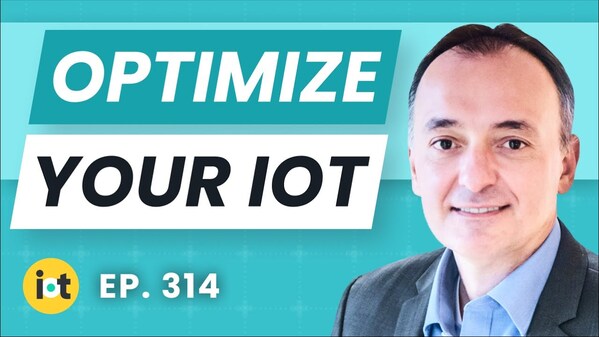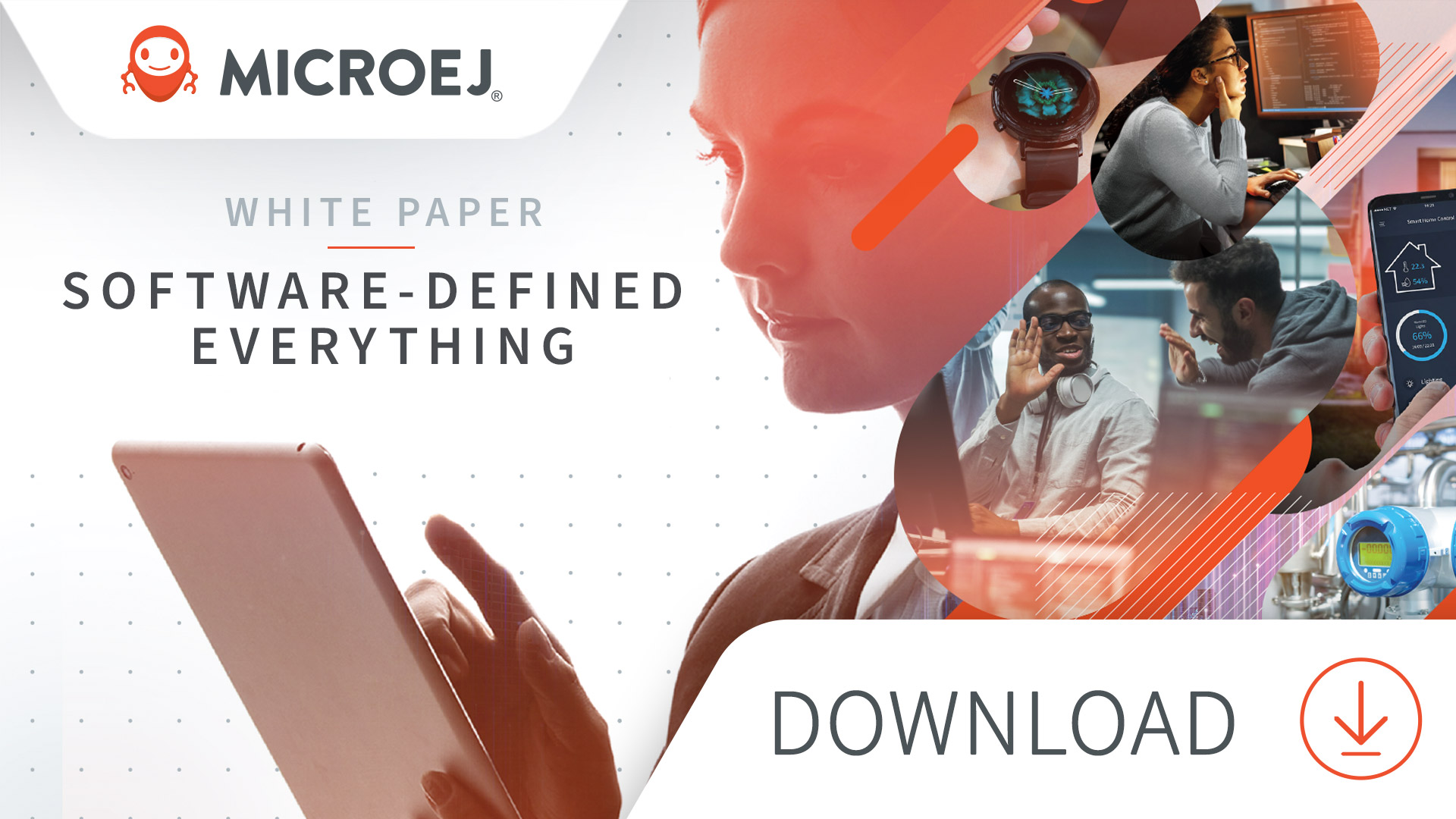The Internet of Things (IoT) industry boasts a long history that spans back to the early 1980s. Despite the term “Internet of Things” not being coined until 1999, the first known IoT device emerged in 1982—a Coca-Cola machine at Carnegie Mellon University. This marvel allowed programmers to check drink availability and temperature remotely before making the trip to purchase one.
From these modest beginnings, IoT devices have evolved remarkably, transforming from solitary entities with limited capabilities to interconnected powerhouses set to redefine our world.
A Brief History of the Internet of Things
The inception of smart devices marked a humble beginning, characterized by minimal software integration aimed at fulfilling basic functions. However, as technology advanced, the integration of software within these devices opened new possibilities.
By 2010, these devices had metamorphosed into intelligent entities capable of learning and adapting to user preferences and environmental cues. Picture thermostats adjusting based on daily routines or washing machines tailoring cycles for different fabric types—software became the driving force behind transforming these devices into intuitive aides. The fusion of cloud computing and edge computing further propelled the capabilities of smart devices. Platforms like Amazon Web Services (AWS) IoT and edge computing solutions endowed devices with heightened computational prowess, enabling rapid data processing and analysis.
Consider Google’s Nest smart thermostat, unveiled in 2011, which reshaped home heating control with its remote accessibility. Similarly, Ring, a doorbell introduced in 2014, seamlessly connecting to your smartphone, and offering real-time alerts and video feeds of visitors, emerged from Jamie Siminoff’s frustration with missed deliveries while working in his garage. A decade later, Ring expanded its offerings to include security cameras, floodlights, and car cams, providing enhanced peace of mind to users.
In a comprehensive analysis conducted in 2018, examining over 640 IoT deployments led by the World Economic Forum and IoT Analytics, 84% were found to directly impact or advance the UN’s Sustainable Development Goals. These deployments aimed to promote efficient natural resource utilization, develop smarter cities, and offer clean energy alternatives.
The COVID-19 pandemic spotlighted the indispensable role of IoT, birthing numerous new applications. Connected thermal cameras, contact tracing devices, and health-monitoring wearables emerged as critical tools in combating the disease. Temperature sensors and parcel tracking systems played pivotal roles in the secure distribution of sensitive COVID-19 vaccines.
Another illustration of the boundless applications of IoT is smart roads supporting automated cars, with the potential to enhance driver safety and reduce daily commute times by up to 30 minutes. Furthermore, real-time crime mapping and predictive policing tools hold the promise of preventing crimes and saving lives—McKinsey estimates suggest as many as 300 lives annually in cities like Rio de Janeiro.
These examples underscore IoT’s potential to revolutionize safety, efficiency, and sustainability, shaping a future where technology serves humanity more effectively. However, IoT innovators face challenges with traditional development practices that limit IoT devices’ capability, flexibility, and scalability, resulting in a fragmented product landscape and a slow rate of innovation. Enter the game-changing concept of software-defined IoT devices.
Device Manufacturing Companies’ Transformation via the Software-Defined Approach
The conventional paradigm in device manufacturing, spanning over three decades, has been centered on hardware-defined devices, with hardware defined first and software coming as an afterthought. In today’s landscape however, nearly every electronic device incorporates software, leading to increased complexity in management. Manufacturers now harness daily data through cloud-connected devices, recognizing the pivotal role of software in enhancing agility, performance, residual value, and after-sales retention, which are vital elements for continual growth. Thus, the concept of prioritizing software emerged, giving birth to the software-defined approach.
In our contemporary society, software increasingly defines our interactions with products. A compelling analogy to software-defined devices can be drawn from electric vehicles like Tesla and Nissan Leaf. These vehicles embody various hardware systems—such as batteries, drivetrain, and sensors—all managed through software, highlighting the transformative potential of the software-defined approach benefits:
- Embracing this approach ensures greater product flexibility, seamless integration with evolving technologies, and future-proofing investments without hardware constraints.
- Moreover, it fosters interoperability, fostering a more cohesive technological environment for consumers, where devices collaborate to deliver enhanced services and streamlined experiences.
- Accelerated innovation is yet another compelling advantage for end consumers. Manufacturers can swiftly roll out updates and new features with software-defined smart devices, ensuring consumers consistently enjoy cutting-edge functionalities without the need for hardware replacement, thus driving satisfaction and loyalty.
- Furthermore, software-defined devices boast enhanced security, as centralized updates and security patches can be efficiently deployed across multiple devices, reinforcing resilience against cybersecurity threats and enhancing consumer trust.
How to Achieve a Software-Defined Device?
In order to achieve a software-defined device development process, a pivotal milestone, device manufacturers need to apply two fundamental strategies:
- Decoupling Software from Hardware: This strategic approach enables the agile reuse of hardware and software assets, fostering rapid innovation and adaptation.
- Facilitating Constant Upgrades: By seamlessly integrating new features and software-based services, these devices embrace a perpetual enhancement philosophy, enriching user experience and extending product longevity.
To realize these objectives, companies draw inspiration from engineering paradigms observed in IT and smartphones, imbuing IoT devices with app-style development capabilities. This approach expedites the integration of value-adding features and services, unlocking novel opportunities for revenue generation through app-based services.
As device manufacturers transition to a software-first product development approach, they typically pursue two avenues:
- Internal development:
Initially, independent R&D endeavors sought to address technical challenges and position new software features as unique selling points. However, manufacturers encountered redundancy and scalability issues, amplifying complexity and costs associated with maintaining software versions across different product lines. The approach has since evolved, recognizing that differentiation lies not solely in product software features but also in seamless integration and alignment with customer expectations. - Embracing external software platforms:
While high-end operating systems, prevalent in the smartphone industry, present an appealing option, devices such as smartwatches or smart coffee machines may not necessarily require the extensive features or power of smartphones.
Moreover, reliance on high-end operating systems and power-intensive electronic components may inadvertently lead to adverse consequences, including over-engineered devices, increased electricity consumption, and inflated production costs. Consider Android-based thermostats or audio speakers—an illustration of unnecessary complexity when simpler, more efficient designs could suffice.
Thankfully, lightweight software containers, like MicroEJ’s app containers for small IoT devices emerge as beacons of progress in the software-defined landscape. These lightweight, efficient virtualized environments empower constrained devices to run applications and micro-services seamlessly while decoupling from the underlying hardware. By championing accessibility and efficiency, these solutions pave the way for a future where technological advancement harmonizes with the needs of all consumers.
New Opportunities Enabled by the Software-Defined World
As the IoT industry embraces the software-defined paradigm, it propels itself into a realm of high-tech innovation, and ushers in a new era for users, developers, and manufacturers and transforms devices into hubs for an array of digital applications. Just as smartphones and automobiles underwent revolutionary transformations, the next wave of innovation is poised to emerge from these smart devices.
Consider Tesla, where the true value of cars transcends hardware, with software driving substantial revenue through services like paid subscriptions to third-party streaming platforms. This transformative shift elevates devices into ‘smart’ technologies, with the software-defined approach as the cornerstone.
However, realizing this potential hinges on optimized software solutions that ensure sustainability and cost-efficiency. In this dynamic landscape, embracing a software-first approach becomes pivotal, empowering a future where devices seamlessly adapt and innovate, promising a horizon of boundless possibilities. Join the revolution—embrace the software-defined world and witness the true power and potential it holds for IoT devices.



